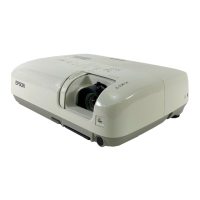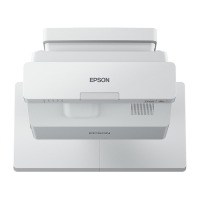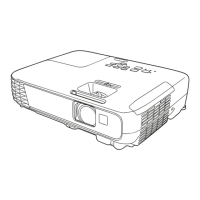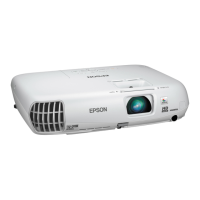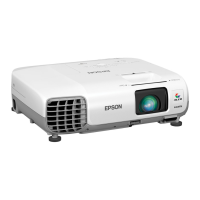Connecting to a Video Source Other Than a Computer
43
Connecting to a Video Source Other Than a Computer
In addition to your computer, you can connect a VCR, camcorder,
DVD player, or any other compatible video source to your projector.
If you want, you can connect a single video source, such as a VCR.
You don’t have to connect a computer unless you want to use the
optional ELP Link III software. You can also connect a computer
plus a second video source simultaneously. If your video source has
audio capability, it can also be an audio source.
The projector can receive composite video or S-Video:
p
If your video device has a one-pin RCA video jack, it’s a
composite video source. Use the audio/video (A/V) cable
supplied with the projector to connect the projector to your
video device.
p
If your video device has a four-pin video jack, it’s an S-Video
source. To connect the video device to your projector, use the
S-Video cable supplied with your video device, or obtain an
S-Video cable from your computer dealer.
Note:
The projector is not compatible with a cable TV-style F
connector.
If both a composite video and S-Video device are connected to the
projector, the projector automatically selects S-Video as the default
video source. To display composite video, disconnect the S-Video
device.
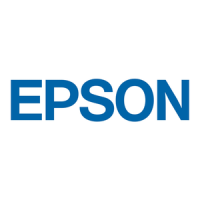
